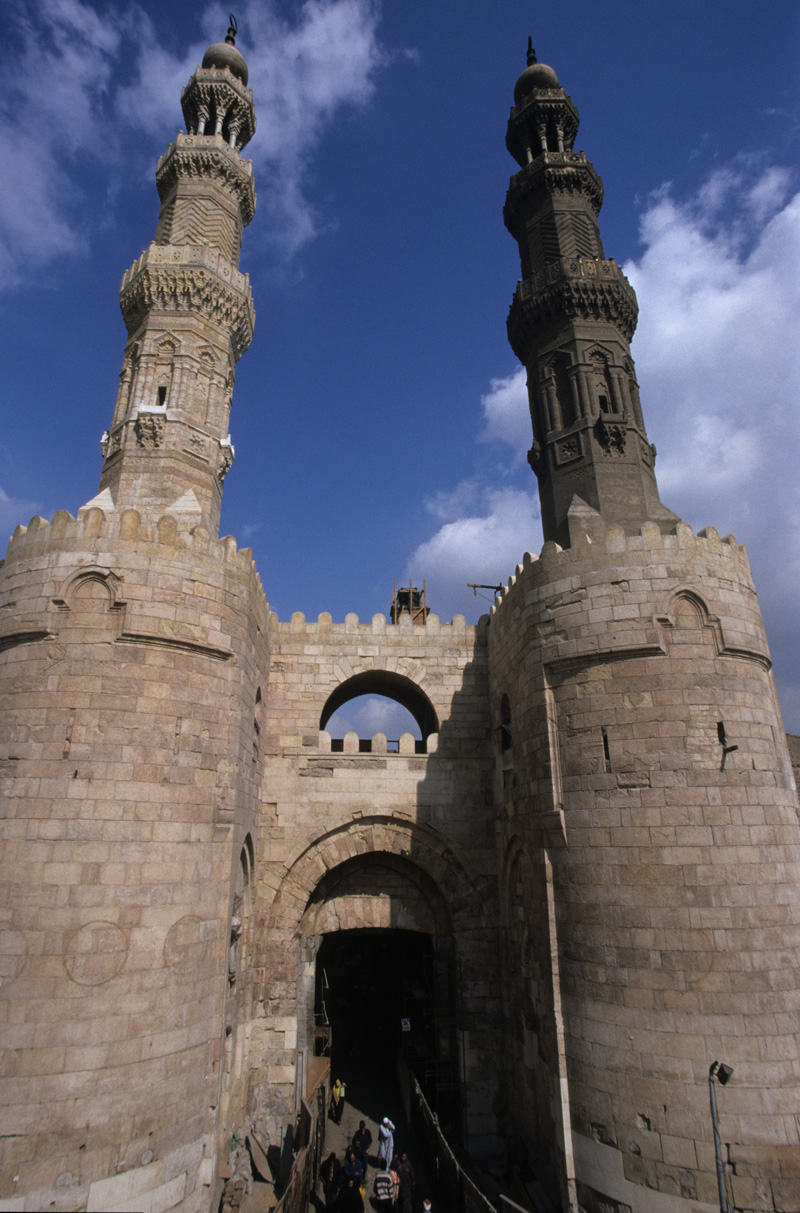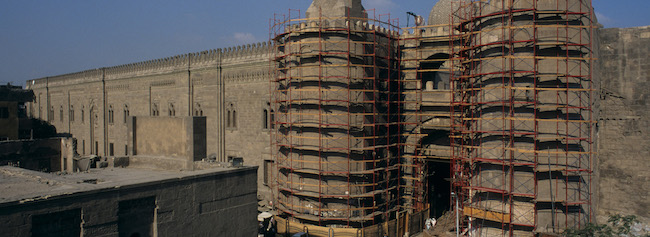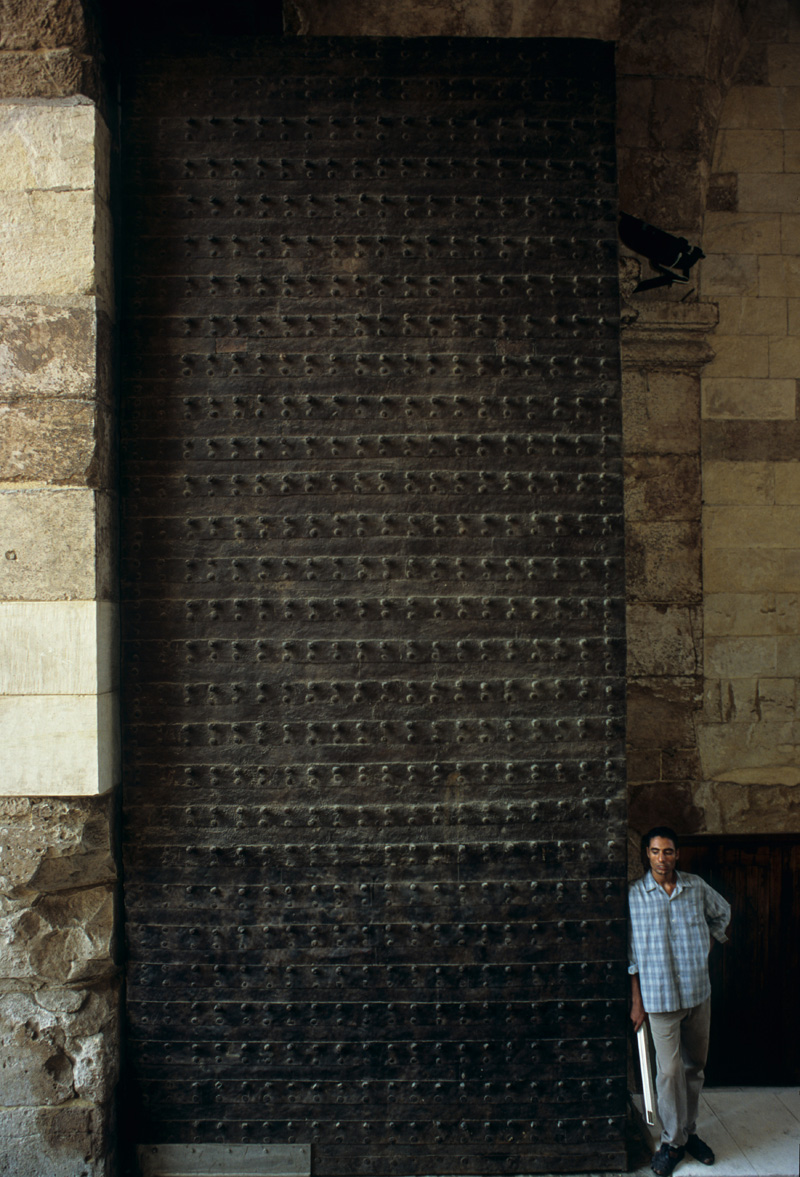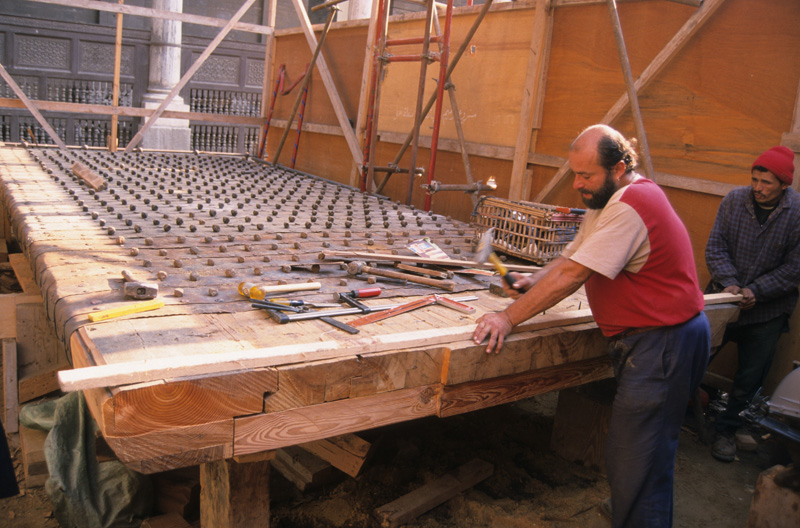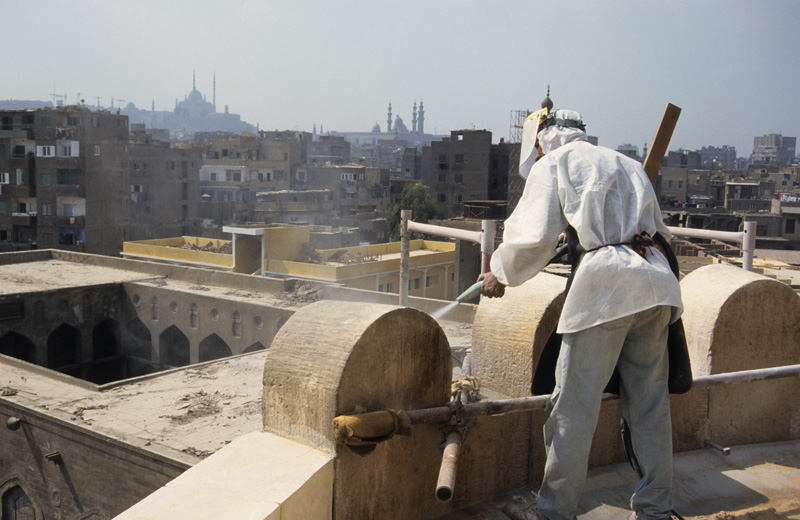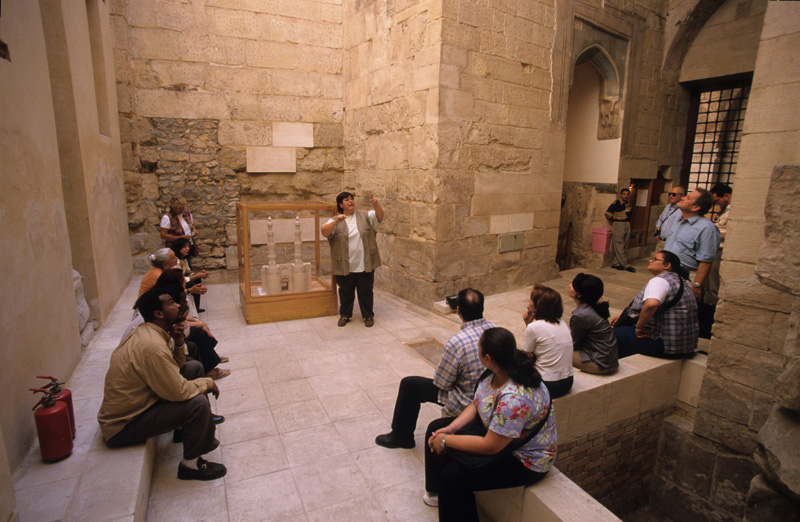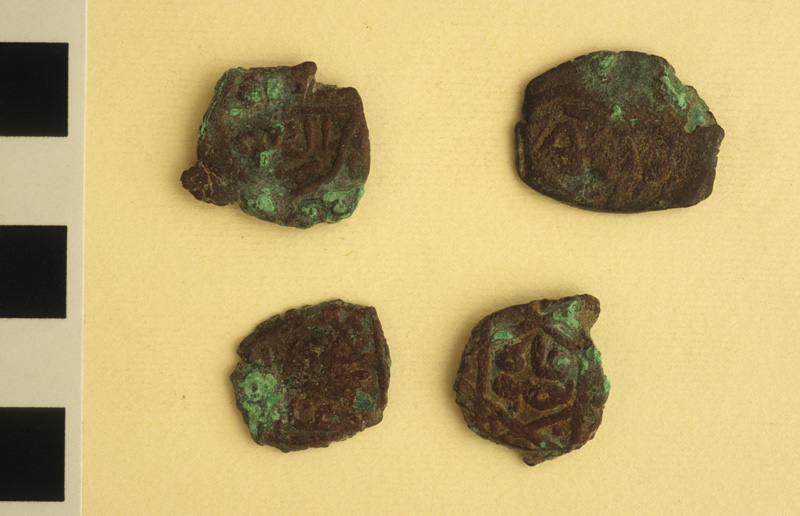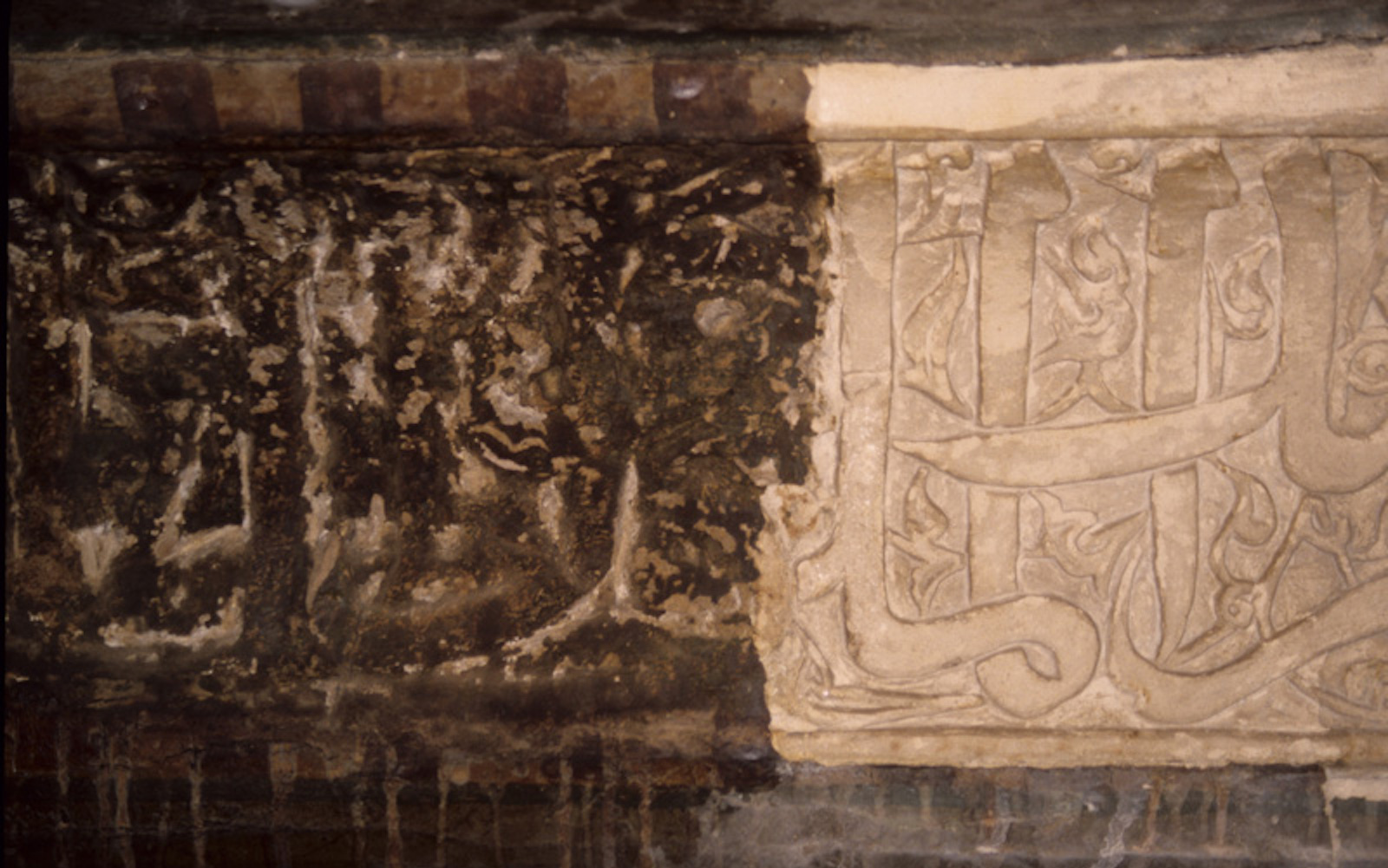- EraMedieval
- Project DirectorNairy Hampikian
- LocationCairo
- AffiliationAmerican Research Center in Egypt (ARCE)
- Project SponsorUSAID
- Project Dates1998-2005
- Project ImplementerARCE
Constructed in 1092, Bab Zuwayla is one of three surviving gates that provided entry into the fortified medieval city of Cairo. Founded by the Fatimids in 969, al Qahirah, or Cairo, was a contained nucleus protected by a towering mudbrick wall (reinforced with stone in the 15th century). The Mamluk Sultan al-Mu’ayyad Shaykh constructed an adjacent mosque in 1415, as well as two elongated minarets on top of the existing watchtowers that flank either side of the gate. It is this unique architectural feature that physically sets Bab Zuwayla apart from two other surviving gates, Bab al Nasr and Bab al Futuh, and has made the gate such a distinctive monument within Historic Cairo.
Another intriguing difference between Bab Zuwayla and its two counterparts is the spiritual and social associations with the doors. Locally, Bab Zuwayla is more commonly known as al-Mitwalli, after El Kutb al-Mitwalli. According to legend, the holy man could teleport himself to the gate from his home in Mecca and answer the prayers of those seeking assistance with medical conditions. Personal offerings of teeth were crammed into the crevices of the doors with hope that al-Mitwalli would grant relief from toothaches and other dental ailments.
The gate is a symbolic and historically invaluable site in Cairo, but its location in a densely populated area of the city exposes it to significant risks from congestion and human activity. In 1998, the American Research Center in Egypt spearheaded an intense five-year conservation project, with support from the U.S. Agency for International Development, that revitalized the gate. Critical to this project was the removal, restoration and re-installation of Bab Zuwayla’s sizable wood and iron doors.
Weighing several tons each and clocking in at 10 feet (three meters) wide and 19.5 feet (six meters) tall, the two door leaves are composed of solid wood and iron nails. They originally operated on a bronze ball bearing system that allowed them to open and close with ease, despite their considerable size.
The streets around Bab Zuwayla had to close to remove and reinstall the doors. They were moved over two nights, from late in the evening into the pre-dawn hours. Additionally, over three feet (one meter) of the bottoms of the doors had been buried by rising street levels over the centuries and needed to be excavated.
“As with any ARCE project, we made a concerted effort to fully partner with the local government and community leaders from the start and worked together to engage the neighborhood and minimize disruptions,” noted ARCE’s associate director for Cairo Michael Jones.
Following their removal, the doors were carefully repaired and conserved by local craftsmen and carpenters under the guidance of Dieter Hartwig, the project’s wood conservator. New wood replaced rotting and damaged wood using traditional techniques, and newly wrought 12-inch (30-centimeter) iron nails replaced damaged or missing ones. Franca Cole, the project’s metal conservator, designed a stainless-steel ball bearings system that could support the weight of the doors based on the original bronze ball bearings.
“We worked meticulously to preserve Bab Zuwayla’s integrity and all its original parts,” said Jones. “The monument is a representation of the history that has gone on in it and around it, and the spiritual value of the doors, in particular, is irreplaceable. The conservators left Bab Zuwayla in the same state they found it in – just enhanced.”
Today, Bab Zuwayla stands as prominently as ever at the historic core of modern-day Cairo. Appreciated by visitors and revered by locals, the medieval Fatimid gate continues to bear witness to the growth and expansion of al Qahirah, a testament to the value and impact of ARCE’s cultural heritage conservation work.
